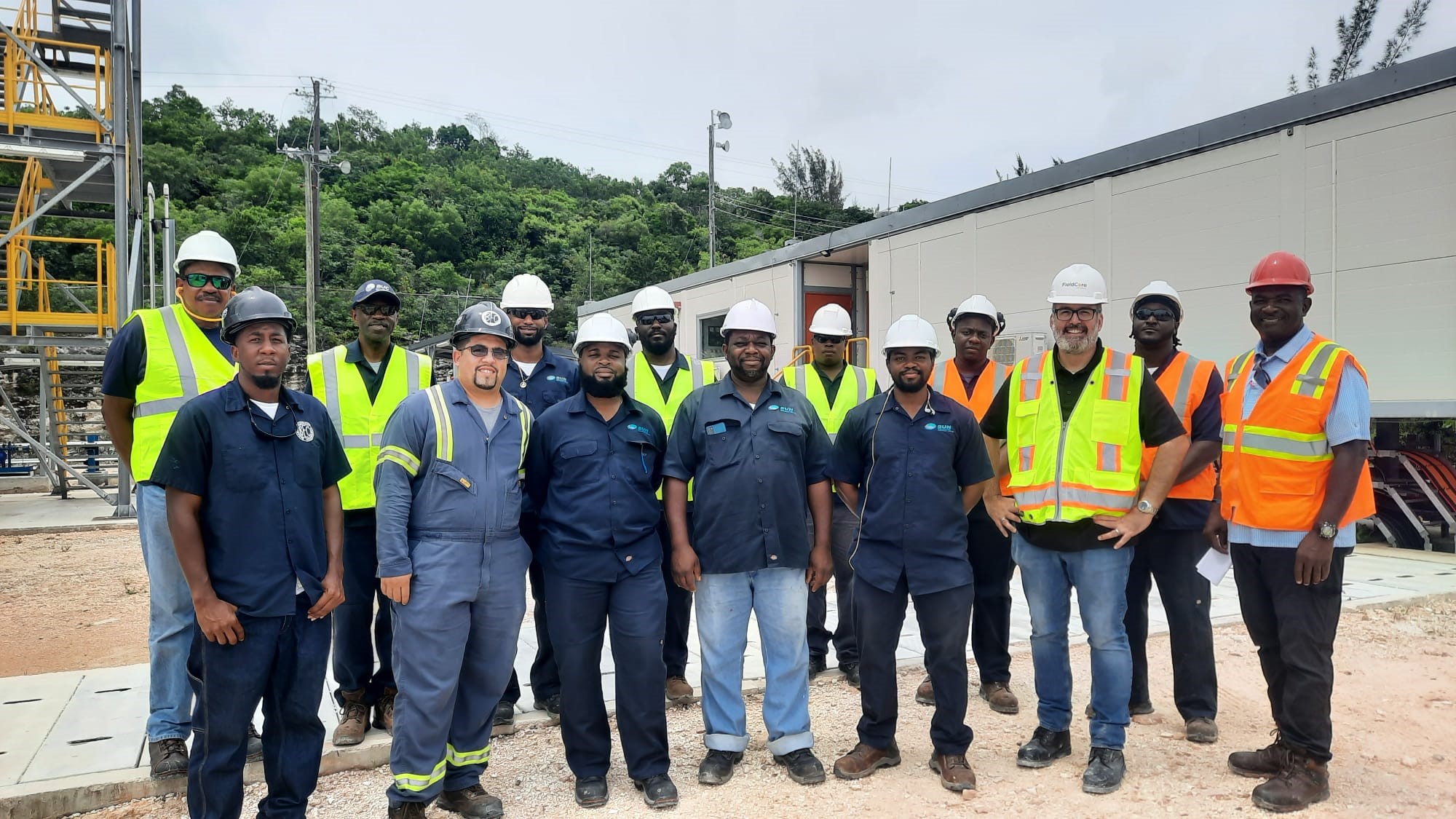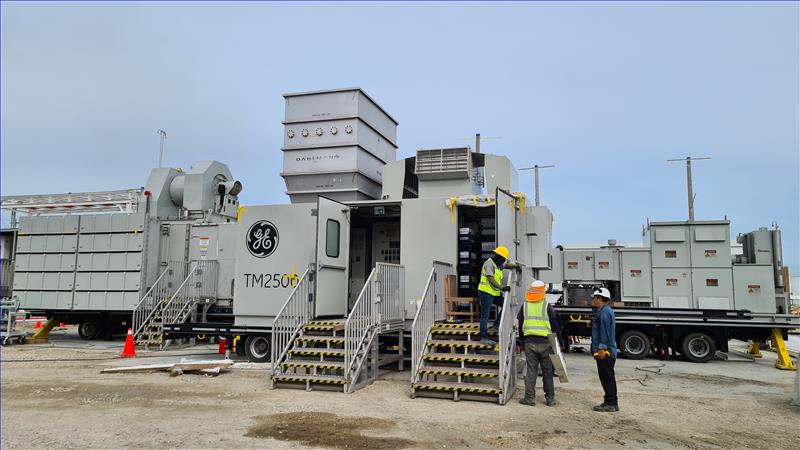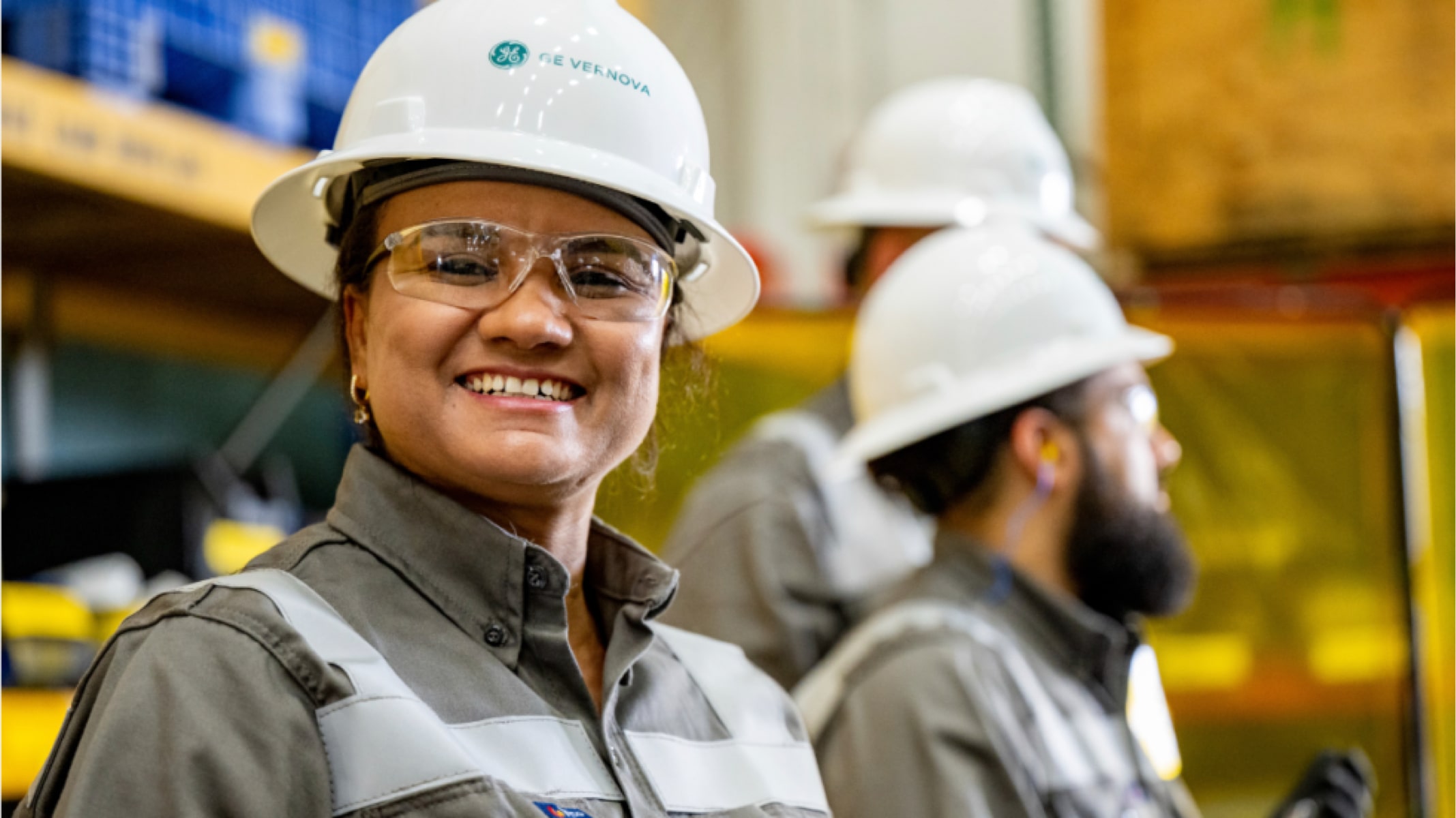When COVID-19 started its rapid spread across the globe, both the virus and containment measures imposed by various countries made it clear that the significant impact on business operations would be inevitable. This was extremely difficult as no business really knew “what” situation to plan for.
As a company that deploys thousands of experts to power plants in more than 60 countries, swift action had to be taken at FieldCore to respond to the pandemic. Two major objectives became paramount:
1. To protect our people – we have over 10,000 people in the field, traveling all over the world making sure that even remote communities have the necessary power.
2. To protect our business – service operations for power generation is a highly complex field and protection of our business with thoughtful operational changes is critical to our continued success.
As we’re in the process of implementing numerous measures to accomplish these two crucial objectives, I want to share insights on the most important steps we took and the efficiency of those steps in minimizing the impact of COVID-19 on our operations.
First, when it comes to protecting people, our #1 task is to provide complete information and ample PPE to ensure everyone’s health and safety. We developed procedure manuals for our personnel to give practical guidance on how they can protect themselves against the spread of COVID while performing their duties. Further, we executed return to office protocols and adopted a phased approach detailing what triggers each phase and who is affected.
A variety of factors impact how each individual business will respond to the impact driven by COVID from a business continuity perspective. FieldCore is a services company so maintenance event scenario planning was critical to operational sustainability for both us and our customers.
We started the complex global approach by establishing a cross functional task force and setting up war rooms across all regions. The constantly shifting dynamic demanded daily reviews. Our task force tied scenario planning to outage movement. The resource and outage movement dashboards built by our Data & Analytics team gave us the ability to see crucial variables like critical PPE requirements being sourced, country and office phase levels, employees impacted by the virus, outage movement detailing “to” and “from” allowing us to plan for Resources as well as Parts, Labor and Materials and so much more.
It’s important to mention that spring is traditionally the busiest season for our company and the COVID crisis meant delays, rescheduling and even cancellations of numerous projects and outages. As I highlighted previously, the core of our business are the 10,000 field personnel spread across six continents. To effectively tackle potential obstacles, the dashboards we created gave us the ability to track all possible variables, which in turn helped us understand the timing of our peaks and valleys, travel restrictions across the global landscape, resource constraints, etc. This gave us the room to maneuver and to be more flexible.
Specifically, the outage movement dashboard helped us understand the daily movement of work and associated cost actions, like cancelling cranes and other material. On the other hand, the resource dashboard allowed us to understand where our people were, how we were going to successfully send them to outages and return them home safely in the midst of daily adjustments to government mandates. As importantly, this dashboard helped us prepare for the upcoming Fall outage season which is now forecast to be our busiest ever due to the hundreds of jobs that were delayed in the Spring.
In sum, the dashboards were an integral part of our business continuity planning and sustained operations. Segmenting our approach into phases also helped us preserve capital as COVID took a higher toll and we moved into later phases of cost preservation and scenario planning. This also allowed us to prepare and ensure we were ready to serve our customers in any situation as the pandemic unfolded. Our business and the world are six months into this crisis and while we’ve made mistakes, our teams have worked extremely hard and have done an outstanding job in building the capability and tools to sustain operations during this constantly changing scenario. We’ve worked muscles we hadn’t used to position us to be much more competitive coming out of the crisis.








